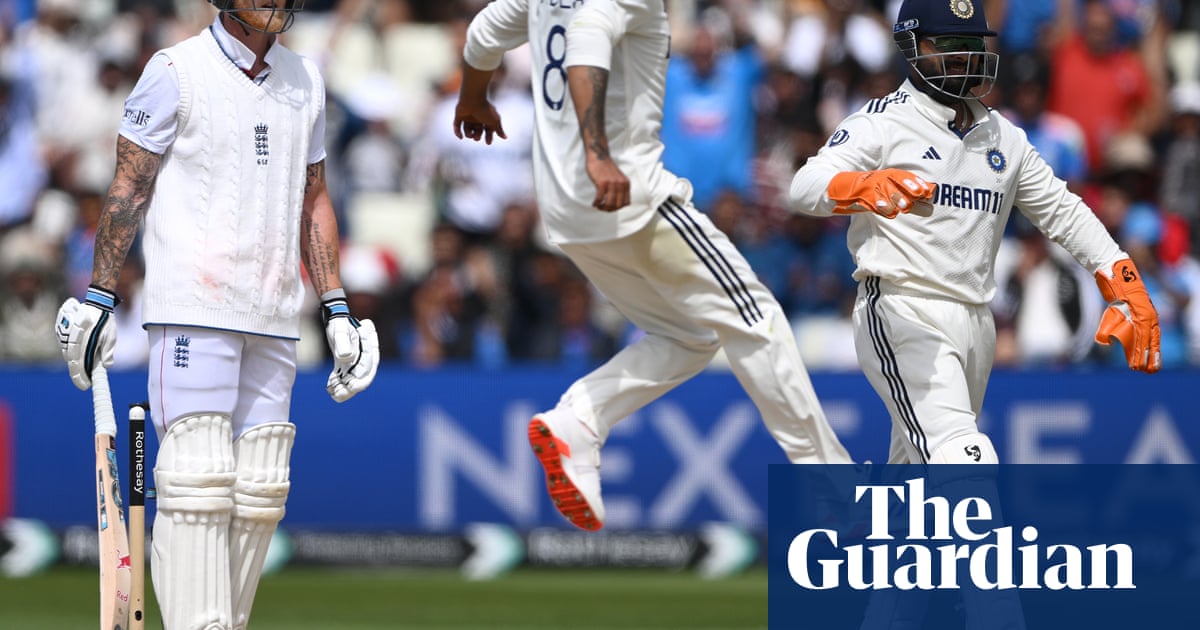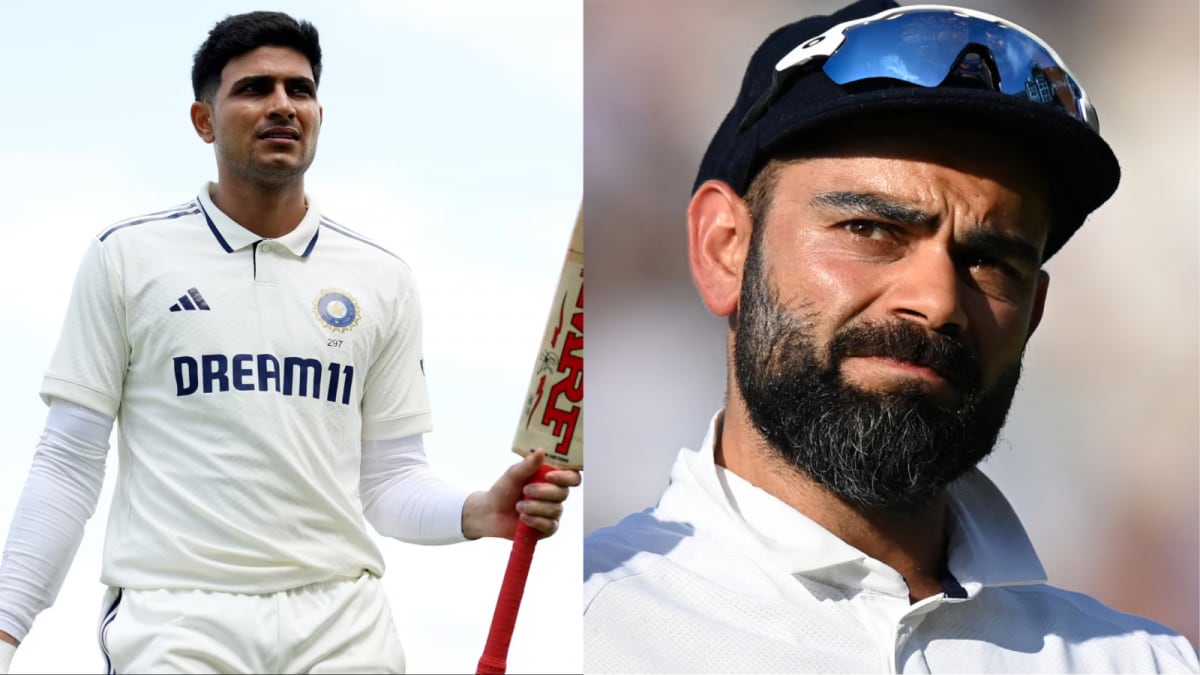Wimbledon electronic line calling: Anastasia Pavlyuchenkova loses game after system ‘deactivated’

CENTRE COURT, THE ALL ENGLAND CLUB — Anastasia Pavlyuchenkova suggested her British opponent may have received preferential treatment as simmering tensions around Wimbledon’s use of electronic line calling (ELC) instead of line judges boiled over Sunday, when the technology malfunctioned at a crucial point on Centre Court.AdvertisementRussia’s Anastasia Pavlyuchenkova was serving at 4-4, Ad-40 in the first set of her fourth-round match against Britain’s Sonay Kartal, when Kartal hit a backhand that clearly bounced out. There was no call from the ELC, which replaced line judges for the first time in Wimbledon’s 148-year history. Pavlyuchenkova was waiting for the call, and umpire Nico Helwerth stopped the point before an automated sound saying “stop, stop” could be heard.After a lengthy break while he spoke to tournament officials, Helwerth explained to the players and the Centre Court crowd that the technology had not been working during the point, which meant it would be replayed. This was despite television footage confirming that Kartal’s shot had been well long, and that the point and the game should have been Pavlyuchenkova’s.A spokesperson for the All England Lawn Tennis Club (AELTC) said:“It is now clear that the live ELC system, which was working optimally, was deactivated in error on part of the server’s side of the court for one game by those operating the system.“In that time there were three calls not picked up by live ELC on the affected part of the court. Two of these were called by the Chair Umpire, who was not made aware that the system had been deactivated. Following the third, the Chair Umpire stopped the match and consulted with the Review Official. It was determined that the point should be replayed.“The chair umpire followed the established process.”There is no mention of ELC in the 2025 Grand Slam rulebook. The ATP handbook says:“If the live ELC system fails to make a call, the call shall be made by the chair umpire. If the chair umpire is unable to determine if the ball was in or out, then the point shall be replayed. This protocol applies only to point-ending shots or in the case when a player stops play.”AdvertisementAfter the interruption, Kartal won the replayed point and the game to take a 5-4 lead. A furious Pavlyuchenkova told the umpire at the change of ends, “Because she’s local, they can say whatever. You took the game away from me.”She doubled down on this position after the match. “I expected a different decision. I just thought also the chair umpire could take the initiative,” she said in a news conference. “He also saw it out, he told me after the match. I thought he would do that (call it out), but he didn’t.“Instead they just said replay. I don’t know if it’s something to do because she’s local, but yeah, that was a particular moment.”Asked again whether she had definitely thought at the time that the error was because Kartal was a home player, Pavlyuchenkova responded: “I have to be honest, I did. I thought so because it was very weird.”The AELTC did not respond to this suggestion nor that of favouritism for Kartal. Their view was that: “The chair umpire followed the established process.”Pavlyuchenkova came back from the disappointment by breaking Kartal straight back and winning the set in a tiebreak. “It feels like justice,” said British coach and former player Anne Keothavong in commentary for the BBC. She then kept her focus to win the match 7-6(3), 6-4.Pavlyuchenkova also called for video replay to be added to the ELC protocol. It is used at the U.S. Open and Australian Open, but not at Wimbledon.“I think we should have a wire system like in football they have or something, so then it’s clear for everybody and we can move on right away instead of just guessing. It could sit with me for the rest of the match and then kind of unknown, was it in or out and kind of feeling that it was my game,” she said.Even before the tournament started, there had been plenty of resistance from Wimbledon traditionalists at the decision to dispense with line judges. All ATP Tour-level events use ELC, as do the Australian Open and the U.S. Open, leaving Roland Garros — where clay helps with the identification of marks — as the only Grand Slam now to rely on the human eye. Ahead of the tournament, All England Club chief executive Sally Bolton said that replacing line judges with ELC was “inevitable”.AdvertisementPlayers are generally in favor of the technology, believing it to be more reliable and removing any need on their part to self-officiate. But there have been complaints in the first week of Wimbledon from some high-profile players — including both British No.1s. First Jack Draper said Thursday: “I don’t think it’s 100 percent accurate, in all honesty,” as he reflected on a wide serve from his opponent that he was sure was out. “A couple of the ones today, it showed a mark on the court. There’s no way the chalk would have showed.” Draper did acknowledge that he may well have been wrong.A day later, Emma Raducanu questioned a call during her defeat to Aryna Sabalenka. Afterwards she said that the call in question was “for sure out.”“It’s kind of disappointing, the tournament here, that the calls can be so wrong, but for the most part they’ve been OK. It’s just, like, I’ve had a few in my other matches, too, that have been very wrong.”Replays of the call, a Sabalenka serve, were inconclusive.Other players have complained about not being able to hear the out calls in amongst the crowd noise, and during the clay swing, players complained about ELC calls not matching up with what the marks on the court were saying. Players have been educated about marks sometimes being deceptive, but Alexander Zverev and others took photos of the clay after what they believed were inaccurate calls. Whether or not they had the correct marks is unknown.On Saturday, All England Club chair Debbie Jevans hit back at the player criticism, telling the BBC that: “It’s funny, because when we did have linesmen, we were constantly asked why we didn’t have electronic line calling because it’s more accurate than the rest of the tour.”There have been other high-profile malfunctions. In a very similar incident to Sunday’s, Taylor Fritz was on the wrong end against Brandon Nakashima in a match at the Cincinnati Open, a Masters 1,000 event. On that occasion, Nakashima hit a shot that was clearly out and would have seen Fritz up break point. No call was forthcoming however and like on Centre Court the automated “stop, stop” call was heard. Fritz thought the point should have been his once the ball was confirmed as being out, but per the rules it had to be replayed because Fritz had not stopped play.She’ll play Linda Nosková or Amanda Anisimova next, in her 10th Grand Slam quarterfinal and her second at Wimbledon.(Photo: BBC Sport)











